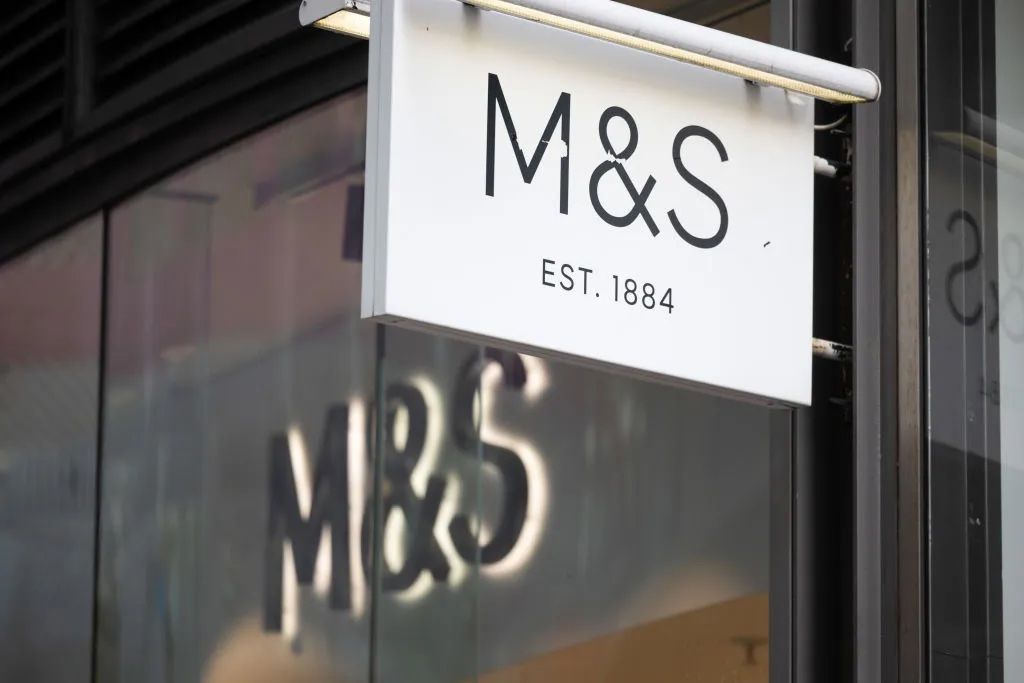
The retailer needs to convince investors that the worst is behind it. — Bloomberg
THIS isn’t just a cyber attack, it’s an M&S cyber attack.
To borrow a phrase from the retailer’s famous food ads, Marks and Spencer Group Plc has been hit hard by the spate of hacks of retailers’ information-technology systems.
The company said on Wednesday the incident last month, which it described as “highly sophisticated”, would cost it about £300mil or about US$402mil in operating profit in the year to March 2026, before any cost savings, or recovery under insurance policies, which could be half of the total.
The retailer needs to convince investors that the worst is behind it.
Hyperactive chief executive officer Stuart Machin said he will use the incident as an opportunity to modernise M&S faster and more extensively, compressing two years of technology progress into six months.
He needs to show that M&S is finally getting a handle on the situation and can get back on track – and quickly.
The financial impact from the cyberattack overshadowed a successful year for the high street stalwart.
Pre-tax profit before one-time charges in the year to March 29 rose to £875.5mil, the highest for 15 years years, from £716.4mil in the year earlier.
The company also had net cash of £437.8mil at the end of the financial year, before lease liabilities, showing how the it has strengthened its balance sheet.
Although the current financial year began well, the incident forced M&S to pause online sales in fashion, beauty and home furnishings. The company expects disruption to continue through June and July, although Machin said he hoped to restore services earlier.
Bloated inventories
Stores have continued to be busy, but the company expects to incur “increased stock management costs”. In other words, it will have to discount bloated inventories.
In food, it has been hurt by gaps on shelves, although this has now improved.
It has also incurred higher waste and logistics costs, because it has had to operate many tasks manually.
The problems could not have come at a worse time. Britain has basked in a rare heatwave, which has driven shoppers to buy summer dresses, shorts and sandals. Next Plc last week upgraded its profit forecast after the warm conditions lifted sales. It may also be benefiting from M&S’ woes.
While the cyber incident will naturally capture attention, it isn’t the only question mark over M&S’ continued progress.
It has endured a series of management departures since Machin became chief executive three years ago.
The latest to leave is Richard Price, managing director of clothing, home and beauty, who was instrumental to M&S’ fashion turnaround. He has been replaced by former Primark and Boohoo executive John Lyttle.
But the biggest potential challenge would be when Archie Norman, chairman, and the architect of its recovery, eventually steps down.
He took on the role in 2017, so is approaching nine years on the board, the recommended maximum tenure.
While M&S’ food business has been flying, it still needs to stem losses at its online joint venture with Ocado Group Plc.
On Wednesday M&S announced a non-cash charge of £248.5mil on its investment in Ocado Retail.
Finally, while M&S has no doubt made strides in its business, for example making its clothes more fashionable and making its food better value for money, it has been helped by the broader retail backdrop.
Many competitors, such as Debenhams and Arcadia’s brands including Top Shop and Dorothy Perkins have left the high street. The John Lewis Partnership, owner of John Lewis department stores and Waitrose have also struggled.
Competition awaits
But now John Lewis has a seasoned retailer, Jason Tarry, as chairman and a talented executive, Peter Ruis, running the department store arm. John Lewis will become more of a threat.
M&S shares have lost close to 10% since it announced the cyber attack on April 22. Ironically, they had just topped 400 pence, a psychological level for investors, as this is what Philp Green was believed to have offered for the group in 2004.
M&S trades on a forward price-earnings ratio of about 12 times, a significant discount to Next’s about 18 times. To close the gap, Machin needs to convince investors that the incident is as he describes it a “bump in the road”, and that M&S will emerge stronger.
Otherwise, the retailer will go back to the archives in another way: Just when the household name finally gets its act together, it goes off the rails again. —Bloomberg
Andrea Felsted is a Bloomberg Opinion columnist covering consumer goods and the retail industry. The views expressed here are the writer’s own.









































